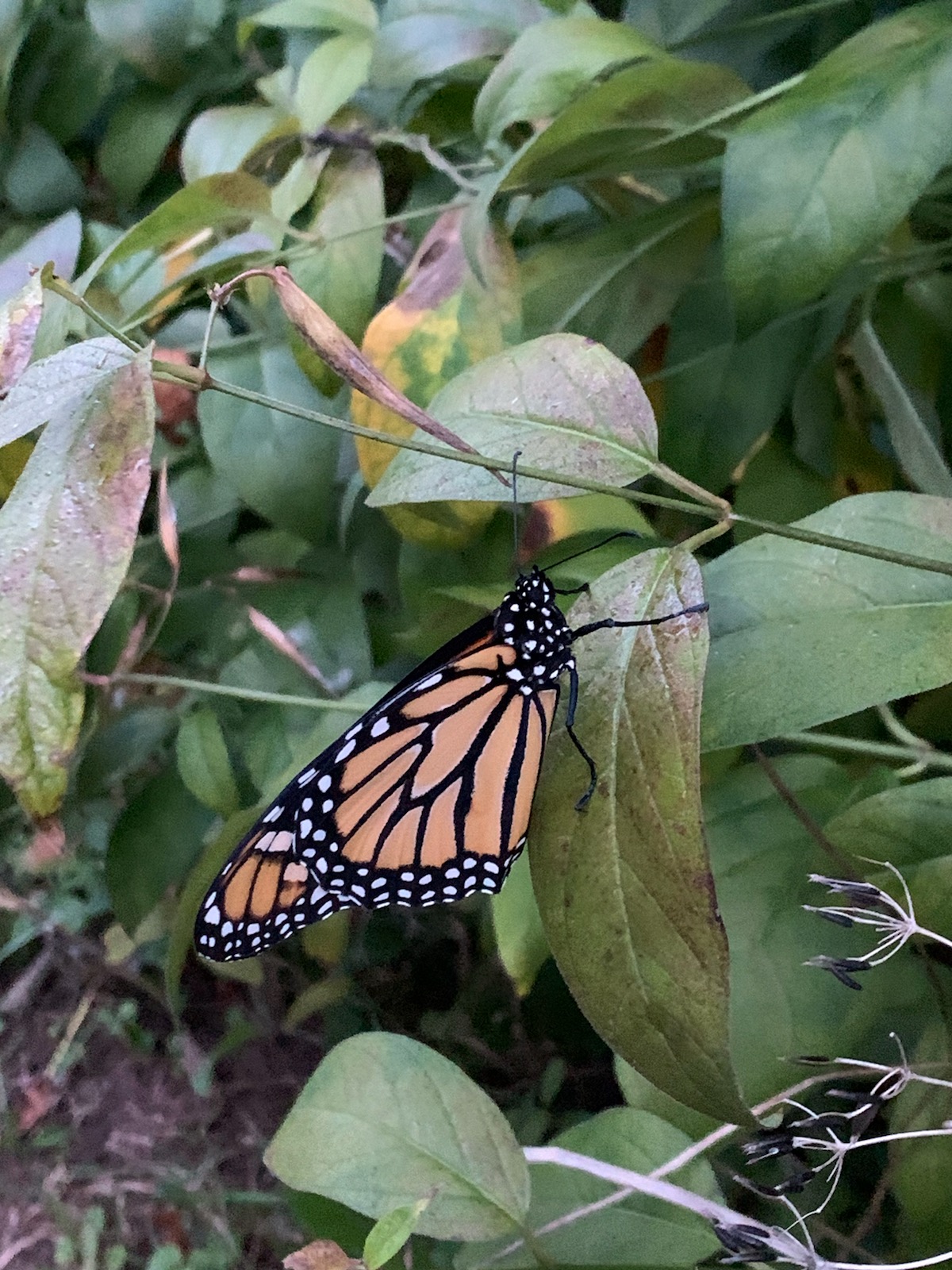About Monarch Butterflies
In September and October, monarch butterflies will be laying their eggs on native milkweed using a combination of chemical and visual cues that have evolved over time. These beautiful and important pollinators have the most evolved migration pattern of any butterfly, and perhaps any known insect. They travel between 1,200 and 2,800 miles from North America to Mexico to hibernate.
Impacts
Invasive black and pale swallow-worts are members of the milkweed family and can be confused by female monarchs to be native milkweed. Monarch larvae that are mistakenly laid on swallow-wort will not survive. The threat of invasive swallow-wort is yet another blow to the Monarch population, that also faces challenges from climate change and loss of habitat.
How to Help
- Introduce milkweed to your property (see videos below).
- Search for and remove swallow-wort from your property (see details below).
Growing Milkweed
Harvesting and Planting Milkweed Seeds
Identifying Swallow-wort

Native to Ukraine, parts of Russia and the Mediterranean regions of Europe, black and pale swallow-wort were introduced as ornamental plants in the 1800s. They are perennial, herbaceous vines that grown dense stands that smother out understory vegetation and trees. Swallow-worts also release toxins into the soil that make it unsuitable for other plants to grow.


